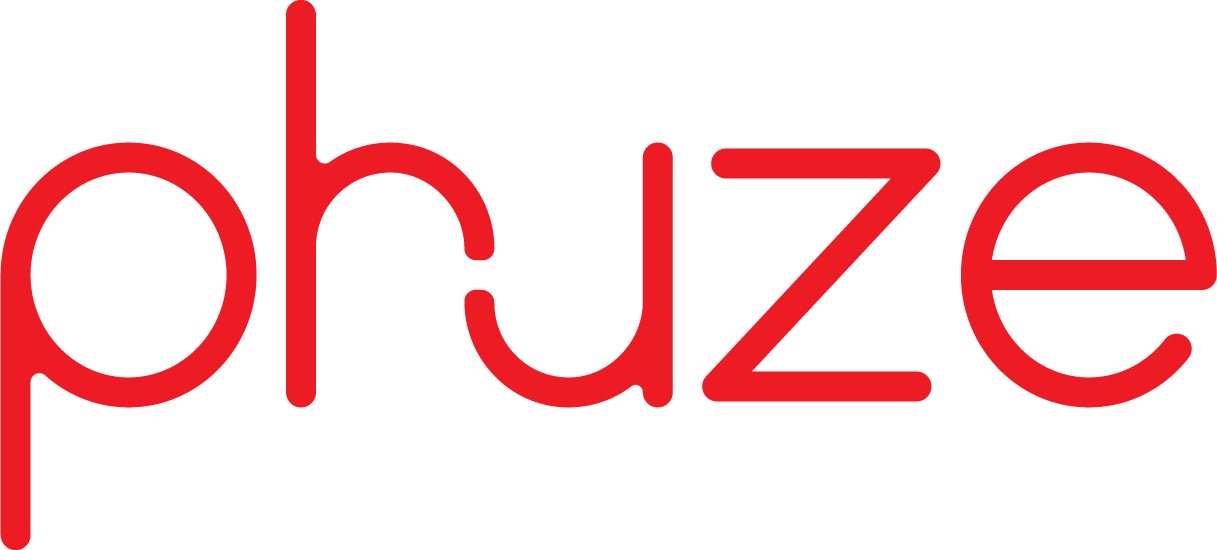Marketing Strategy First; Medical Communications Next?
I’ve spent long enough in the pharmaceutical industry to have a reasonable understanding of how the typical communication plan is prepared. Considerable time is invested in developing long-range plans (LRPs) and the more resource-focused 12-month brand plans. This process follows a tried and tested approach to creating the strategic direction and milestones for the brand, the portfolio, and the company.
Increasingly, we are seeing medical communications being considered once the communications plans are signed off and locked in. That’s fine, but the problem in doing this is that medical education then becomes a tactic bolted onto the overall strategy.
In some cases, this makes logical sense. After all, marketing and medical education are different disciplines. One is commercial; the other is more clinical or scientific. There is a place for both branded medical communications and above brand education on diseases; increasingly, I am seeing a preference for the latter.
It’s important for the above brand medical education to be objective, evidence-based, and not commercialised. However, no company is going to invest in education on a disease that is unrelated to any of its portfolios, so it makes sense for the education to align with the broader communications strategy. If you follow the basic premise that good medical education contributes to improved clinical outcomes, then done well it can and should enhance corporate reputation or brand equity, or both.
Regardless of the type of medical communications you do, they should always contain information that points to the safe and effective use of the relevant therapeutic agents, be it the class or your product. The latter applies if you are doing a branded program.
To ensure the information meets the requisite codes, it must stay within the bounds of the approved product licence. It is therefore necessary for the medical education to align with a company’s broader communication strategy. Anything less risks creating confusion.
If this is the case, then one could argue that the least favourable option is to have the medical communications and marketing communications developed in complete isolation. In many cases there is a reasonable middle ground between these two forms of communication. Sensible, rational alignment of medical education can address clinical knowledge gaps and therefore provide relevant, and often much-needed, content.
When working out what tool is best to achieve your communication goals there are many factors to consider. You’ll know the saying: that if the only tool you have is a hammer, every problem looks like a nail.
Sometimes, it is worth pausing to ask if medical communication might offer a solution that can potentially bring you and your company closer to the healthcare professionals using your products. But before choosing the ‘medical communication hammer’ you need to have properly identified the nail.
